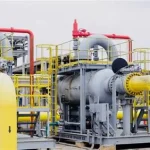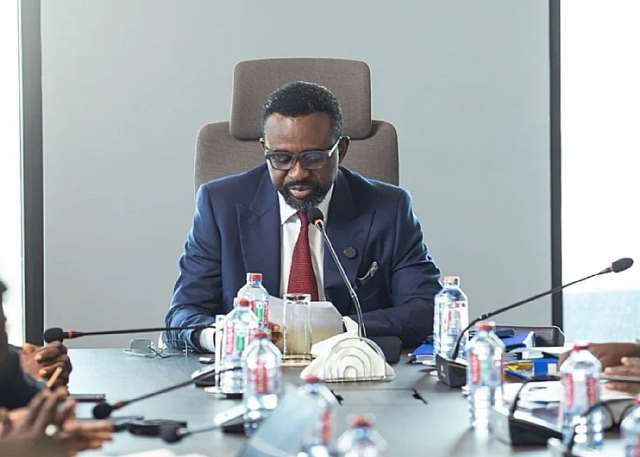It will cost more than a billion dollars to upgrade the country’s old-fashioned power transmission infrastructure – some of which account for a majority of power outages, Ghana Grid Company Limited has said.
The company said it will take significant patient investments over a four-year period to bring total improvement and reliability to electricity transmission and supply across the country, because it costs more resources and time to upgrade legacy lines than to construct new ones.
“If government decides to give us a billion dollars today, we cannot take out all the lines at the same time to reconstruct. It needs to be planned and phased; that is what we intend to do to improve on the reliability and quality of supply to Ghanaians,” said its Chief Executive Officer, Ebenezer Essienyi.
Mr. Essienyi spoke during a customer experience forum organised by Volta River Authority (VRA) in Accra, and said urgent investment from government and patience from consumers are of equal essence to bring improvement. He also revealed that government has committed US$526million to kickstart the rehabilitation works, beginning 2022.
“The VRA is 60 years old, and therefore you can imagine the lines that were constructed 60 years ago which we still depend on for our services,” he said, noting that when GRIDCo began operations in 2008 grid demand was 1,432MW, but today the highest demand on the grid is 3,346MW.
Much of this increase in demand, he lamented, has not translated into upgrade of the “legacy lines that we use”.
The US$526million is what’s required by the power transmission company this year alone, he said, adding that much higher investments than this will be required on a yearly basis to significantly reconstruct transmission lines across the country by 2025, in order to improve on supply under its strategic phase-approach plan.
“We have legacy lines that are more than 50 years old that we inherited from VRA, and the issue is we need to make a conscious effort to reconstruct them, and government has mobilised resources in this year’s budget for the exercise. We’re in the process, and hope that we will start this year,” he emphasised.
He said the rehabilitation work will be done on strategic plan-targeting lines that can bring maximum impact and benefits fast.
“It is more complicated when it is an existing infrastructure than when it is a green field. These are some of the issues, and therefore we need to stage the infrastructure using strategic means of getting the ones that will bring in the maximum benefits from day-one,” Mr. Essienyi explained.
For a start, Mr. Essienyi – an engineer, said the US$526million to be invested this year will focus on two projects: a Siemens project that will upgrade service lines to mining sites; and the Western corridor transmission upgrade project.
In the meantime, while waiting on government to release funds to kick-start the improvement work, the state-owned power transmission firm has been replacing some of the old transmission lines from the south to north parts of the country with high twin-bundled conductors to curb outages during rainfalls and windstorms.
Most of this work, according to the CEO, is being carried out in the Accra-Tema area where demand represents about 50 to 60 percent of domestic demand.
Race against time to meet SDGs
Emphasising the need for significant investment into upgrading transmission and supply infrastructure, the GRIDCo boss said: “We anticipate that by end of the year, maximum demand on the grid will be about 3,600MW. It is good for us – but it also puts much stress on the grid without much of the expansion that needs to be done”.
He also said that the country is in race against time to meet the United Nations Sustainable Development Goals, goal seven – which calls for cheap, clean and reliable power supply by 2030.
“In eight years’ time, the lights must always be on and affordable to every Ghanaian,” he added.
















